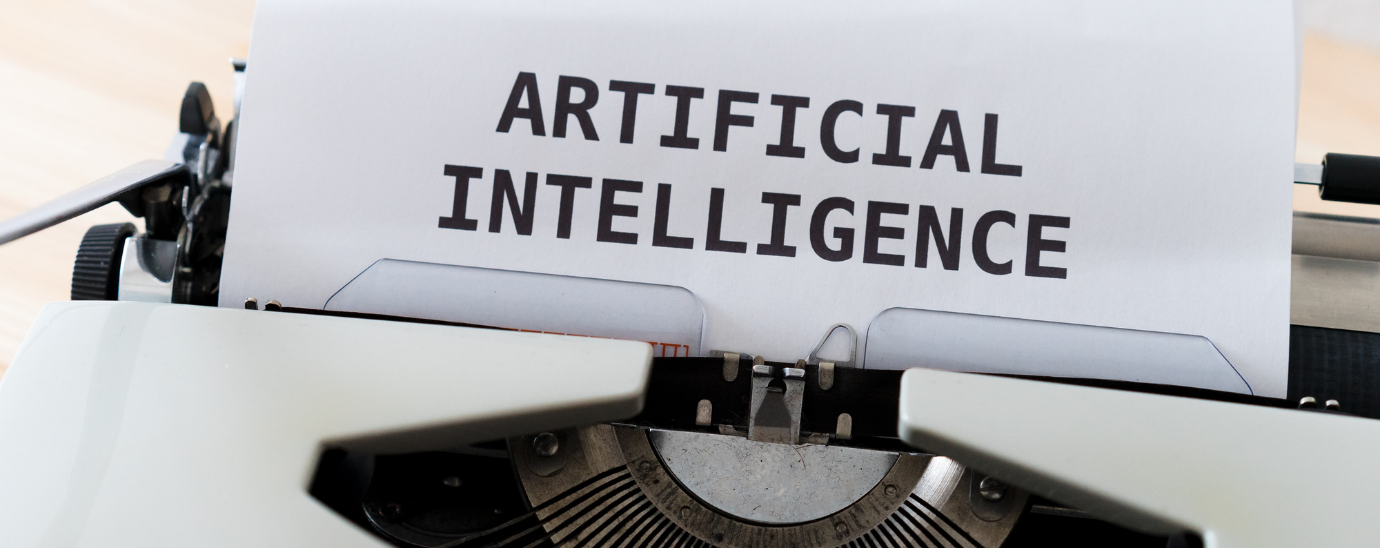Fighting Climate Change with AI

We look at the ways AI can fight climate change

With floods, wildfires, and heat waves dominating the news, the overwhelming reality of intensifying climate change is becoming inescapable. A flagship UN report showed that no one is safe from its impact, and that there is an urgent need to prepare and protect people from intense weather and rising seas.
As the effects of climate change intensify, the devastation from natural disasters can be predicted and limited through the use of artificial intelligence (AI) and digital tools. As a result, many governments, tech companies and investors have become increasingly interested in machine-based learning that can provide various data patterns and offer forecasts, suggestions, or decisions in real or virtual situations.

The use of AI in climate change
AI can be used in various economic sectors and circumstances to handle environmental impacts and climate change. As mentioned by We Forum, AI technology has already been incorporated to send natural disaster alerts in Japan, monitor deforestation in the Amazon, and design greener smart cities in China. On top of this, AI could be used to design more energy-efficient buildings, improve power storage and enhance renewable energy distribution by supplying solar and wind power into the electricity grid as needed.
In a report done by PwC with Microsoft, the below key sectors that could use AI applications:
- Global population and economic growth continue to drive demand for food – both in terms of quantity and resource intensity. AI can transform agricultural production by better monitoring and managing environmental conditions and crop yields.
- AI can drive higher efficiency in the energy sector through intelligent grid systems that utilise deep predictive capabilities to manage demand and supply and optimise renewable energy solutions. In this way, AI has the power to support decarbonisation and contribute to the UN’s Sustainable Development Goals by ensuring a supply of affordable, reliable, and clean energy to all.
- In an increasingly globalised and urbanised world, AI applications in the transport sector can allow cargo and people to move between places more safely, efficiently, and sustainably. For example, AI technologies have a large role in enabling more accurate traffic prediction, real-time journey planning, and autonomous vehicle technologies.
- Applying AI in water resource prediction, management, and monitoring can help alleviate the global water crisis by reducing or eliminating waste, lowering costs, and lessening environmental impacts.
When it comes to each household, AI can help decrease the energy they use by automatically turning lights off and reducing the use of heating equipment. In addition, items such as a smart thermostat and changing your old meters to smart meters can help every household monitor and manage their energy use.
AI can process huge amounts of information, opening “huge possibilities for understanding the dynamics around the sea-level rise and ice sheets,” as Peter Clutton-Brock, co-founder of the Centre for AI and Climate (CAIC), told Thomson Reuters Foundation.
According to a recent study by accounting firm PricewaterhouseCoopers for Microsoft, by 2030, AI could help cut global greenhouse gas emissions by 4%, developing machine learning products for the climate change market.
AI in the spotlight at COP26

On 9 November, the Global Partnership on AI Report was released at COP26. This report was compiled to guide governments on implementing AI to deliver their net zero changes. With the very short timeline on which the world needs to change to address climate change, it has become essential to accelerate the deployment of new technology across various sectors. In the Global Partnership on AI Report, the authors have proposed that governments can take leadership in supporting the use of AI to address climate change by:
- Fostering the responsible development of and access to data and digital infrastructure — e.g., relevant data, simulation environments, testbeds, model libraries, and computational hardware — can support the development and adoption of AIfor-climate applications.
- Targeting research and innovation funding to enable interdisciplinary and cross-sectoral work at the intersection of AI and climate change guided by climate impact.
- Supporting deployment and systems integration of AI-for climate applications via targeted policy design and evaluation, market design, and business models, including within highly regulated sectors such as energy, transportation, agriculture, and heavy industry.
The downfalls of AI

While AI in climate change can have many positives, a major issue needs to be addressed. According to a study by the Massachusetts Institute of Technology, the storage and processing of the data required to train a large algorithm fully can consume huge amounts of energy, as much as 626,000 pounds (284,000 kg) of carbon dioxide. That is the equivalent of nearly five times the lifecycle emissions of an American car, researchers said.
READ MORE:
- Reduce, reuse, remanufacture: becoming a sustainable business
- How is Technology Stopping Climate Change
- The future of carbon credits and carbon offsets
- Investing in clean technology
“AI is both an enabler and, potentially, a destroyer of the climate fight. Although the need for rare earth metals to make the hardware has a destructive impact, AI itself is “not a magic wand – and not without errors.” said Virginia Dignum, a social and ethical AI professor at Sweden’s Umea University.
The Global Partnership on AI Report also laid out some ways that can reduce AI’s negative impacts on the climate:
- Avoid direct government funding of applications that run counter to climate goals
- Make climate change a central consideration when fostering the development of AI-enabled technologies
- Ensure that cloud compute is appropriately included in reporting and carbon pricing policies
- Procure AI and compute services only from companies that have signed up to a net zero target covering scopes 1, 2, and 3
For more news from Top Business Tech, don’t forget to subscribe to our daily bulletin!
